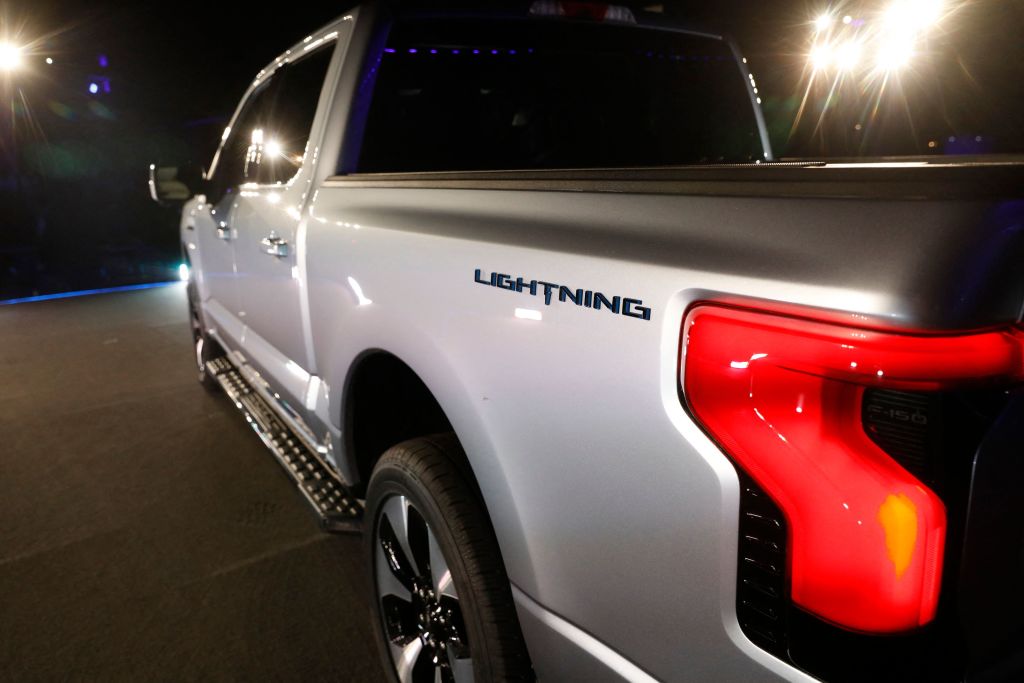President Joe Biden and his administration are acting as if a transition away from fossil fuels and into electric vehicles will happen just because they want it to.
However, with electric vehicles, there’s a wide gap between the rhetoric about them and the reality of their operational limitations.
In August, Car and Driver estimated electric vehicles make up only about 1 percent of America’s 250 million cars, SUVs and light-duty trucks, although EV sales have increased.
As they continue to become more popular, owners could face an unexpected complication: A whole new generation of a different kind of auto mechanic will be needed to work on them.
Tyler Hoover, a car video blogger with more than 1.4 million YouTube subscribers, recently brought his new 2023 Ford F-150 Lightning — a vehicle Biden test-drove last year — to his mechanic friend David Long, the vlogger Car Wizard.
During their filmed inspection, posted Sept. 7, Hoover and Long removed a plastic, tub-shaped liner from what would have been the engine compartment of a standard truck. Underneath it were the new, unfamiliar components of the electric motor.
Long gave his reaction: “No pistons, no cams, no cranks, no nothing. I think I want to retire early, I don’t, I don’t want to mess with this stuff. Oh my God.”
[firefly_embed]
[/firefly_embed]
In another video in January, Long said, “I’m an advocate for electric cars, I really love them, and I also agree and I know that it’s going to kill my line of work.”
[firefly_embed]
[/firefly_embed]
Mechanics with years of experience will need to learn a whole new trade.
The disconnect between today’s skilled mechanics and the needs of electric vehicle maintenance and repair was featured in a June article in Fox Business.
There is already a shortage of trained EV technicians. Beyond the training needed to work on EVs, expensive specialized tools and infrastructure upgrades are also needed for EV service stations.
Transition costs have already had a big impact on some operators. The Detroit News reported last month that hundreds of Cadillac dealerships were dropped by GM when they refused to perform $200,000 in mandatory EV upgrades.
Electric vehicle advocates note EVs require less standard maintenance than internal combustion engines. However, they can still break down, just like any other car.
The website The Fast Lane Truck spent $115,000 on a new GM Hummer EV. The expensive vehicle malfunctioned after going less than 250 miles and had to undergo a complex reboot process.
EV repairs can be incredibly expensive.
In July, WTSP-TV in St. Petersburg, Florida, reported on student Avery Siwinski. Her parents paid $11,000 for a used 2014 Ford Focus Electric for Siwinski.
When the battery died six months later, the bill for a new one was $14,000. The dealer was not even able to locate a replacement.
Not only are electric vehicles expensive to purchase and repair, but they have limited capacities compared to internal combustion engines.
In a video made after his Ford Lightning inspection, Hoover made a shocking discovery about the truck’s performance.
He tested how the EV could handle towing a load. He started with an empty trailer and then added an antique truck for the return trip.
Hoover declared the truck’s performance “a total disaster.” Hauling the full load caused the EV to use up almost 90 miles of range in 30 miles. Hoover was forced to conclude the Lightning was inadequate to be used as a reliable hauler, a frequent use for light-duty trucks.
The Biden administration’s utopian schemes regarding switching the nation over to electric cars are completely unrealistic under current conditions.
It’s almost as if trying to force EVs on the country is not meant merely to change the way we drive but to prevent as many people from driving as possible.
This article appeared originally on The Western Journal.

























 Continue with Google
Continue with Google